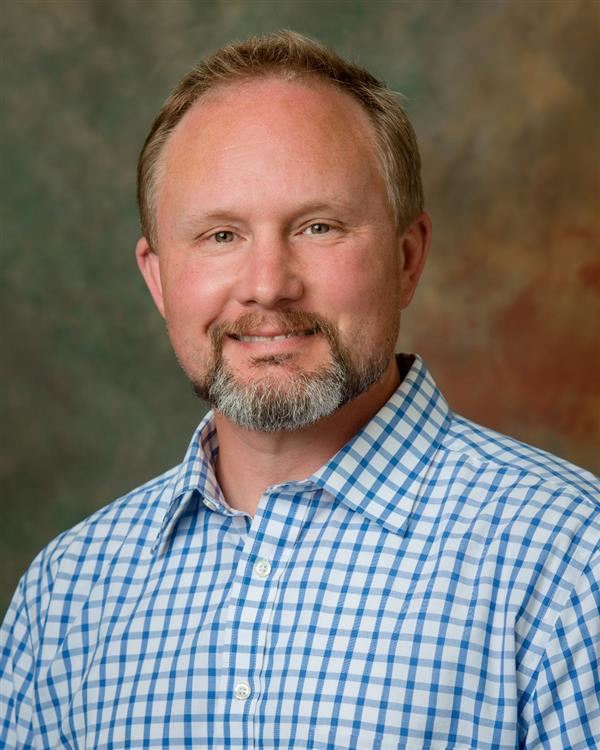- Home
- Instructional Departments
- Science
Instructional Departments
Page Navigation
Science Program Information
-
The links below provide an overview of the science program in the Rush-Henrietta Central School District. For additional information, contact the program director at (585) 359-5054 or ewindover@rhnet.org.
-
Science Secondary Course Guide
An overview of the courses offered in Rush-Henrietta's 7-12 Science Program.
-
New York State Science Learning Standards
The new science learning standards adopted by NYS in December 2016. Sequenced by grade-level.
-
Enhancing Our Students' Science and Engineering Practices are at the Core of the Science Program at Rush-Henrietta:
As citizens of the 21st century, our Rush-Henrietta graduates will develop the knowledge and skills necessary to keep pace with rapid advancements in science and technology. The Rush-Henrietta science program offers continued investigation into topics related to both life and physical sciences to ensure that students are able to construct a better understanding of the world around them. A student-centered, larboratory-based, approach is used to help students answer questions about the world around them while increasing their level of college and career readiness. Practices that are common to both scientists and engineers are emphasized in all of our science courses and are better defined below.
1) Ask Questions and Define Problems
Students at any grade level should be able to ask questions of each other about the texts they read, the features of the phenomena they observe, and the conclusions they draw from their models or scientific investigations2) Use Mathematical and Computational Thinking
Mathematics brings the fields of science and engineering together by enabling engineers to apply the mathematical form of scientific theories and by enabling scientists to use powerful information technologies designed by engineers.3) Construct Explanations and Design Solutions
Asking students to demonstrate their own understanding of the implications of a scientific idea by developing their own explanations of phenomena, whether based on observations they have made or models they have developed, engages them in an essential part of the process by which conceptual change can occur.4) Engage in Arguments From Evidence
The study of science and engineering should produce a sense of the process of argument necessary for advancing and defending a new idea or an explanation of a phenomenon and the norms for conducting such arguments. In that spirit, students should argue for the explanations they construct, defend their interpretations of the associated data, and advocate for the designs they propose.5) Develop and Use Models
Modeling can begin in the earliest grades, with students’ models progressing from concrete “pictures” and/or physical scale models (e.g., a toy car) to more abstract representations of relevant relationships in later grades, such as a diagram representing forces on a particular object in a system6) Plan and Carry Out Investigations
Students should have opportunities to plan and carry out several different kinds of investigations during their K-12 years. At all levels, they should engage in investigations that range from those structured by the teacher—in order to expose an issue or question that they would be unlikely to explore on their own to those that emerge from students’ own questions7) Analyze and Interpret Data
Once collected, data must be presented in a form that can reveal any patterns and relationships and that allows results to be communicated to others. Because raw data as such have little meaning, a major practice of scientists is to organize and interpret data through tabulating, graphing, or statistical analysis. Such analysis can bring out the meaning of data—and their relevance—so that they may be used as evidence8) Obtain, Evaluate, and Communicate Information
Any education in science and engineering needs to develop students’ ability to read and produce domain-specific text. As such, every science or engineering lesson is in part a language lesson, particularly reading and producing the genres of texts that are intrinsic to science and engineering.


